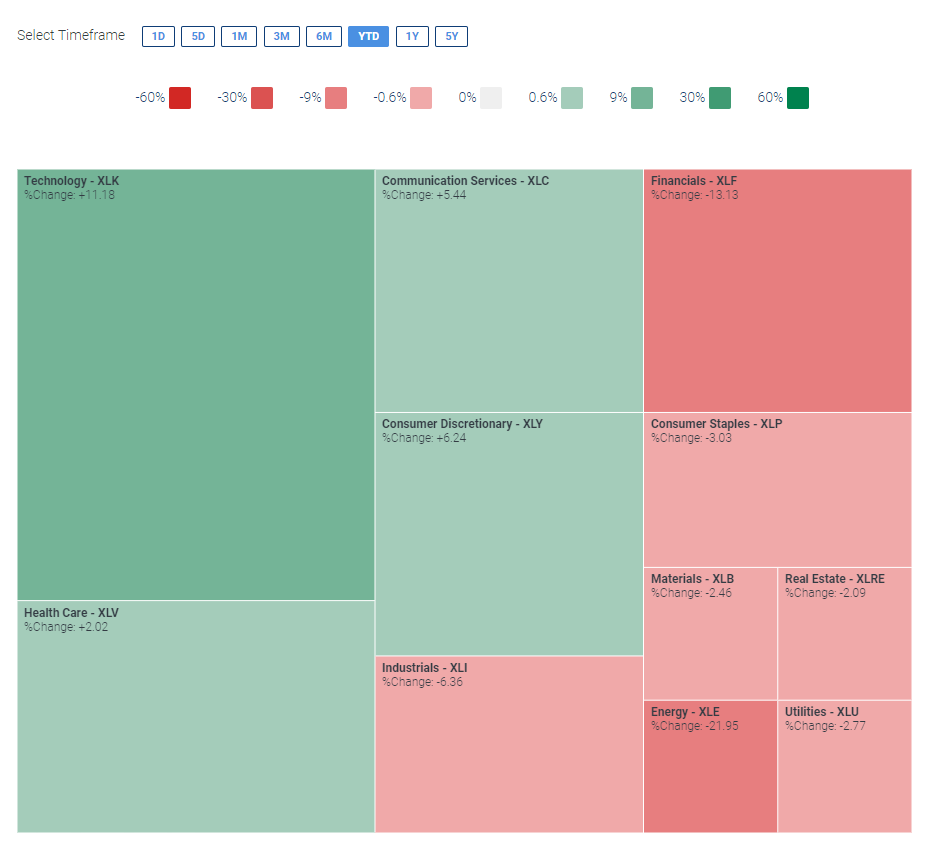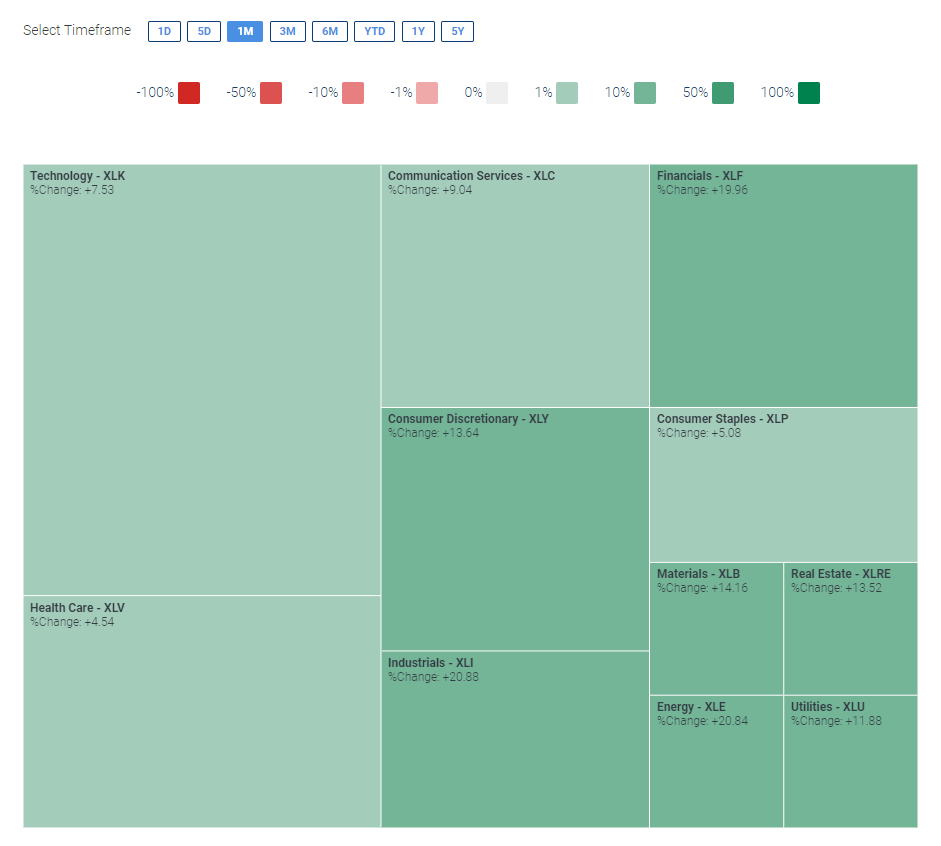
As most of us know the U.S. government recently passed massive stimulus legislation to try to help people pay their bills during the forced economic shutdowns caused by the coronavirus. Interestingly, many recipients of government checks used the money to trade in the stock market. In fact, some data even suggests that trading stocks was the second or third most common way people used their stimulus checks. It’s great that people have used this money to invest in stocks. I am all about using excess funds to invest after you have saved enough money to pay for disruptions to your income or cash flow.
However, the easy returns in the stock market are about to be over and these investors may be tested in the coming months. In fact, if these individual investors, who have seen some pretty healthy returns in April and May, start to see things go the sideways it will be interesting to see how many of them will stay the course as investors or exit their positions entirely.
Here is why I think the easy money in the stock market is largely gone for now.
Year-to-date
First, all of the major indices have recovered their first quarter losses. Many sectors in the economy have also recovered to pre-COVID 19 levels and those sectors that have not fully recovered have good reasons for still being down.
Take a look at this heat map for major sectors in the economy, as represented by major stocks that trade in these sectors. You can see the latest heat maps for these sectors on https://www.sectorspdr.com. In the below chart sectors in some shade of green are up for the year and those sectors that are in some shade of red are down for the year.

Technology, healthcare, communication services, and consumer discretionary are all up with technology leading the way. This would make sense – technology and communication services, with companies like Apple, Microsoft, Amazon and Facebook – reported solid first quarter earnings and have performed admirably during this time of lockdown. Healthcare, with recession resistant companies and safe dividends, like JNJ, Gilead, and Pfizer, have shown steady growth and solid cash generation this year. These sectors, although perhaps fully followed right now, deserve to be up.
Most of those sectors that are down year-to-date deserve to be down right now. As an example, financials are staring at a long-term lower interest rate environment and a stream of loan defaults coming their way as soon as government stimulus stops and moratorium on things like foreclosures are lifted. The energy sector has had a perfect storm of demand and supply issues during this time of COVID-19. The supply issue has been mitigated with the agreement between countries to temporarily curtail supply but demand levels will recover slowly. And real estate, depending on the sector, is facing significant collection issues and potential issues with refinancing debt over the coming quarters.
However, earlier in the year there were trades to be made:
- In March, every sector was down and investors could have bought any of the stocks in the sectors with significant long term growth prospects and made some solid returns.
- In April, many investors could have bought solid companies in the depressed sectors facing some short-term headwinds and waited for a rebound in the economy to lift these stocks into positive territory. They did not have to wait long as these stocks have seen a big comeback over the past month as the economy has re-opened.
1-Month Performance
If you look at the performance by sector over the past month you can see how strong the market has been across sectors.

There is not a single sector that has lost money in the last month. Every sector is flashing green and has seen positive gains. Some of the worst performers for the year, like financials and energy, have led the charge upward during the past month. What does this mean? The easy money in the stock market has been made on this recovery.
So what is a person to do?
Be patient and avoid the FOMO trade
If you missed out on the last two months (I am sorry) then do not throw all of your money into the market hoping to ride whatever is left of this current bull market wave. The FOMO trade, or the fear-of-missing-out trade, can lead to buying high right before everyone else is about to sell.
Dollar-Cost-Average some of your available cash into quality companies that you want to hold for the long-term
This recovery in the stock market may go down as the fastest recovery in history and I have no idea if it will continue to go up, move sideways, or go down over the next few months. Second quarter earnings, which basically do not start until August, may give some insight into just how strong the economic recovery is going to be but that leaves most of June and all of July to rely on other things to drive the stock market including momentum, trade fatigue, and possible surprises to the up or downside on second waves of infections, progress on the vaccine front, and changes in unemployment figures.
I have about half of my cash that was available in March deployed into the market but that means I have about 50% left. I am not jumping headfirst into any stock or fund right now but instead I am going to be applying a small amount of available cash to continuing to purchase a few solid companies that I want to own for the long-term. I will not deploy more than 10% of my available cash over the next few months but I will buy more shares of certain companies that I want to own 10 years from now. I will do it in some type of dollar-cost-averaging approach. That way if the bull market wave keeps going I will feel good about my added positions but if the wave comes crashing down it won’t come crashing down completely on my head and I will have cash available to invest.
Be Ready to Invest in Other Assets besides Stocks
The stock market always sees the fastest drop in asset values and the quickest recoveries. However, other asset classes, such as real estate, typically see a slower and less correlated change in asset prices. It takes time, especially now with the degree of government support and interference, for tenants to stop paying, borrowers to default on their loans, and businesses to shut their doors. However, institutional money is getting ready to buy a lot of distressed assets in the coming months when assets secured by non-performing debt have to be sold at discounted prices.
How are you going to invest in these assets? I would tell you that your chance of investing in them was slim-to-none until recently. But now with things like real estate crowdfunding platforms you have a chance to pool your money with other investors and invest in specific distressed assets or funds that will focus on buying distressed assets during the next few years. I am not recommending any specific deal or fund to invest in but you need to do your homework and start finding which platforms you would want to use to invest. And then you need to get comfortable with how you would diligence any opportunity that becomes available on these platforms. I personally like CrowdStreet the best right now and I have invested in 10-12 deals with them but I am also a member of at least three other platforms. I am putting in the time to evaluate deals that come available to investors through these platforms. I will be a buyer of distressed assets over the next 1-2 years.
Finally, Remember that Almost Every Bear Market has Pullbacks
You can read my article on how almost every bear market sees rallies and corrections and it would be really surprising to me if we did not see some level of pullback during this current cycle. If you missed the last rally then you need to be ready to invest when a pullback comes. No one times markets perfectly but for me personally if I see at least a 10% drop in the third or fourth quarter then I will be ready to deploy more of my cash in a meaningful way.
Good luck – investing has become a bit more challenging right now with markets where they are.

Leave a Reply